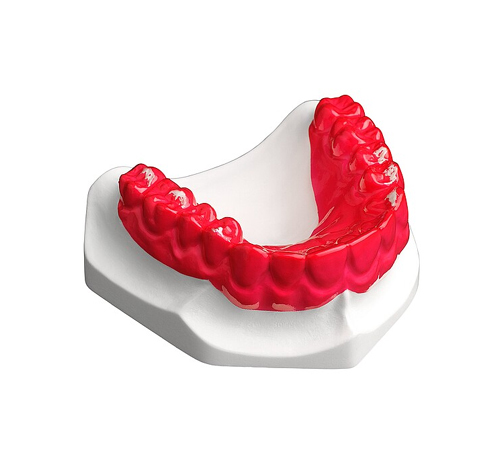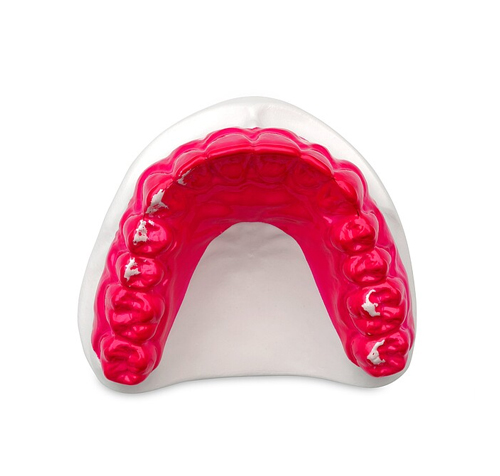The Brux Checker is a diagnostic tool designed to help identify and monitor bruxism (teeth grinding and jaw clenching). Itís typically used by dental professionals to assess the extent of bruxism, especially during sleep, and is often used in conjunction with custom dental appliances such as night guards or splints. Here are the key benefits of using a Brux Checker:




